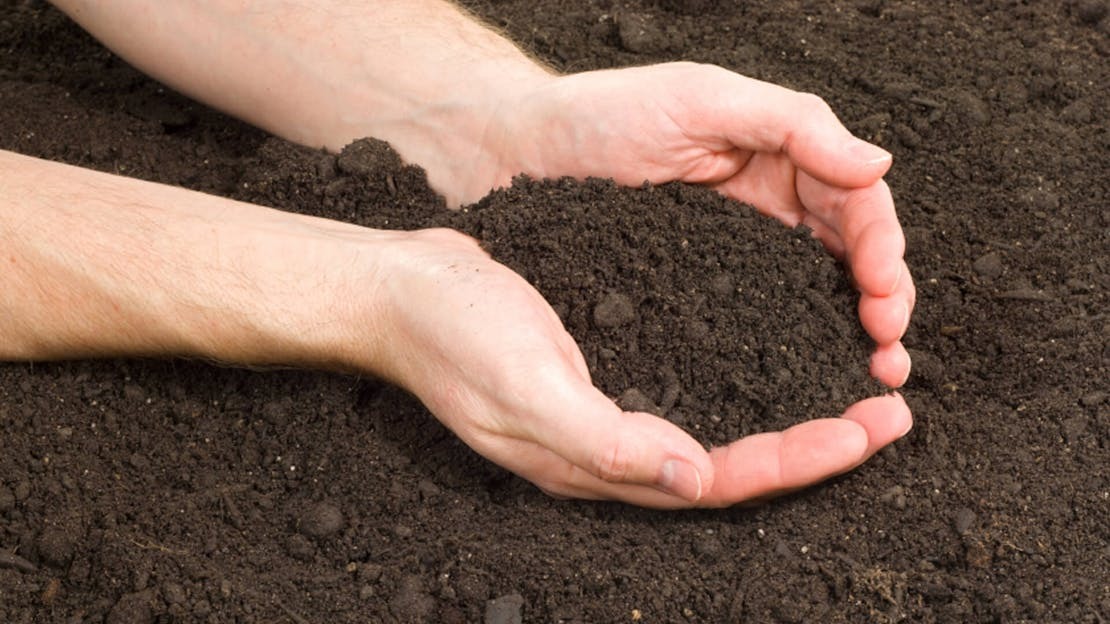
Soil, pH and Fertiliser
One would think that plant nutrients in plentiful supply, supplemented by you and your fertiliser spreader would feed the grass in any situation. Unfortunately this is not the case.
Soil has an electro-magnetic quality (cation exchange capacity) that has the effect of controlling the availability of nutrients. In addition the pH not only affects the grass but also affects the availability and balance of nutrients in the soil as well.
Further, just as plants respond to sun light and water they also respond to air not only around the leaves but also around the roots. The particle size and composition of soil greatly affects air content and also water holding capacity.
What does this mean?
This means that different soils give different growth responses which can even mean two neighbouring lawns will respond differently to the same treatment. Grass quality will be limited by the least available component:
- In clay soils that can get water logged it may be short of air at the roots
- In sandy soils that drain freely water may be the limiting factor
- In chalky soils it may be too alkaline thus restricting the nutrient availability
Warning – Do not add more fertiliser to compensate – it doesn’t work like that.
It would be rare indeed to find a perfect soil other than one professionally constructed for the purpose. Therefore accept that your soil is not perfect and adjust your fertilising and lawn care regime to its nature just as a farmer would for commercial crops.